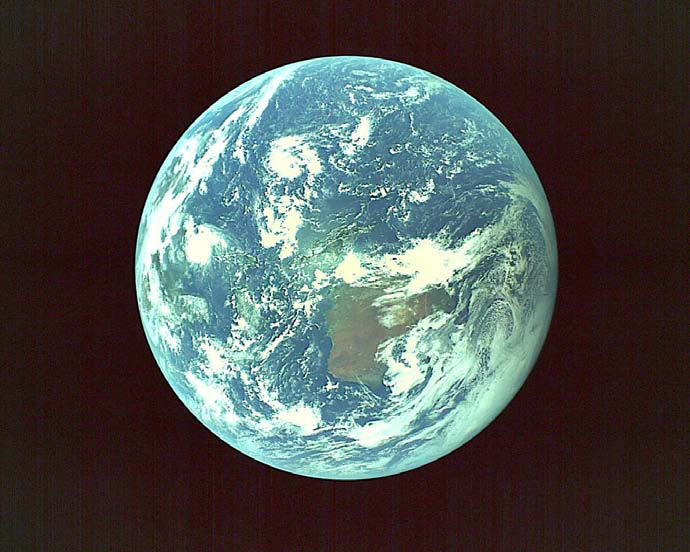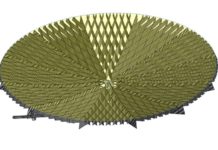Japan Aerospace Exploration Agency (JAXA), has unveiled its second Michibiki satellite, which will be launched along with two other satellites from the Michibiki family later this year.
The Michibiki satellites, also known as Quasi-Zenith Satellites (QZS), will form a satellite-based augmentation system which will boost GPS in Japan. Targeting mobile applications, the satellites will be positioned along the longitude of Japan’s islands in the geosynchronous orbit, providing complete northern to southern hemisphere coverage.
One Michibiki satellite was launched on 11 September 2010, the project having been commissioned by the Japanese government in 2002.
The second Michibiki satellite, which was unveiled two days ago, is a new, updated version of the first satellite.
Including the QZS satellite already in orbit, the augmentation system will consist of four satellites and is expected to be fully operational by 2018.
The three latest Michibiki satellites are built by Mitsubishi Electric, which won a US$526 million contract after the collapse of the Advanced Space Business Corporation (ASBC) consortium, which built the first.
JAXA has already made the data from Michibiki-1 accessible to the public on its QZ-Vision website (http://qz-vision.jaxa.jp/). The interactive website allows real-time monitoring of the satellite, along with 3-D views of its components and orbit. Users can even download APIs for personal and non-profit use.







